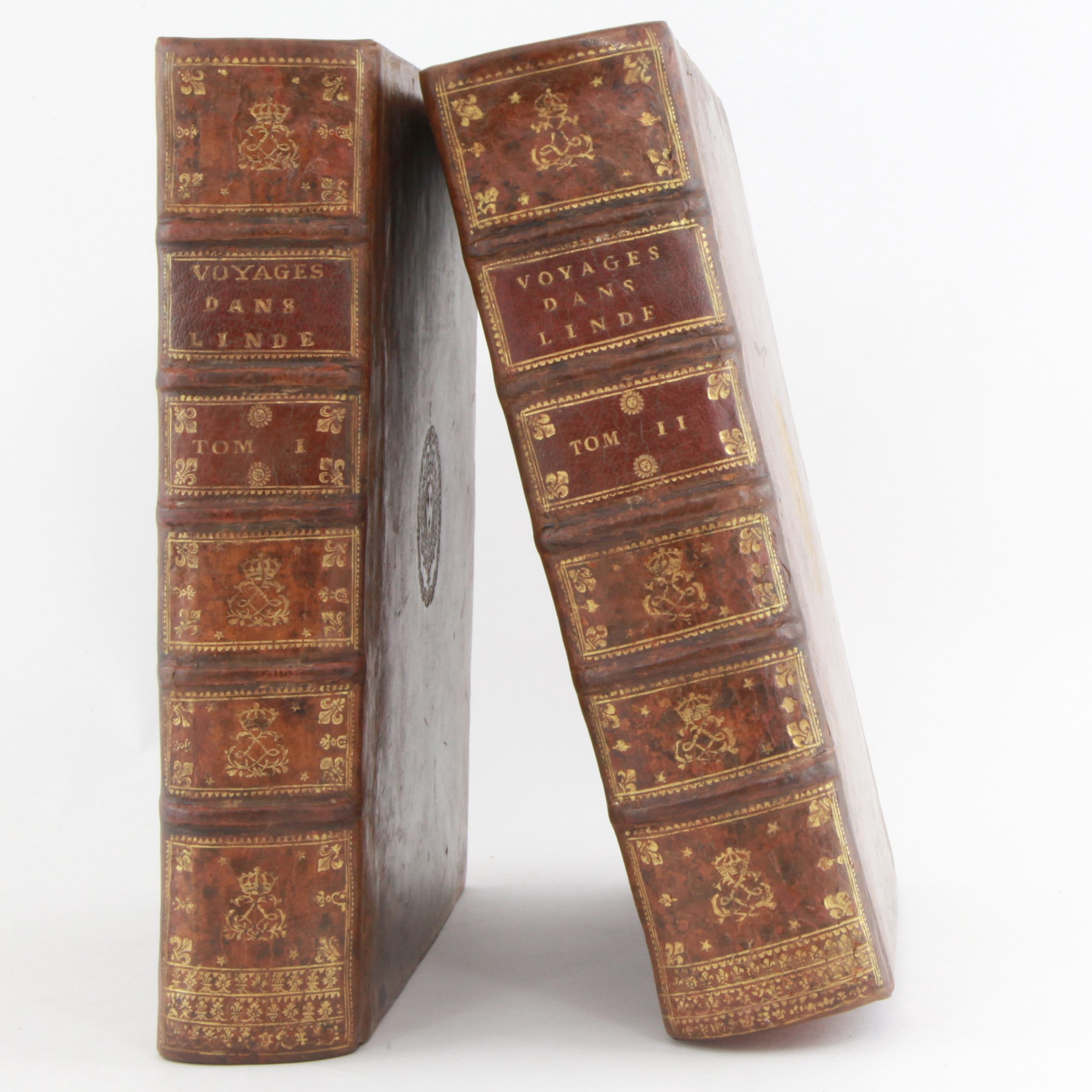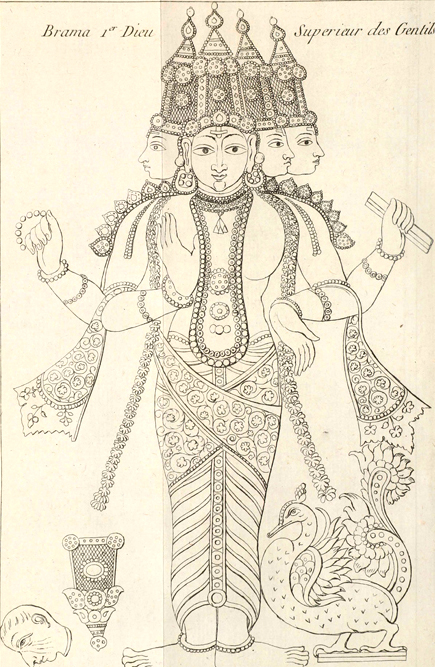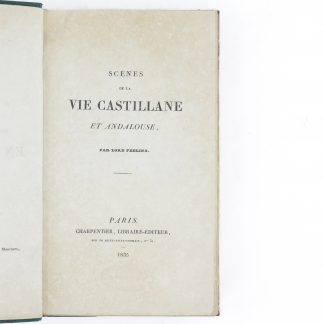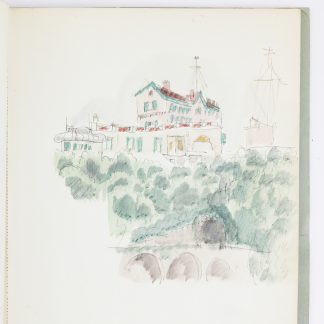Description
Voyage dans les mers de l'Inde, fait par ordre du Roi, à l'occasion du Passage de Vénus, sur le Disque du Soleil, le 6 juin 1761 et 3 du même mois 1769.
FIRST EDITION.
COPY IN QUARTO BOUND WITH THE ARMS OF LOUIS XVI.
Relation of his scientific voyage to India, the Mascarene Islands, Mauritius, Reunion Island, Madagascar and the Philippines, the initial aim of which was to observe the transit of Venus in front of the Sun on 6 June 1761, in order to determine the distance between the Earth and the Sun as accurately as possible for the time.
The expedition was a series of misfortunes: Le Gentil, who had planned a 15-month journey to Pondicherry in India, was surprised by the Seven Years' War; his port of observation had become English and he was unable to take measurements of the first transit of Venus. Since transits come in pairs of 8 years (but spaced 100 years apart!), he decided to wait and explored the neighbouring islands and countries before settling in Pondicherry, which was once again French. After a year's wait and the construction of an observatory, the transit took place on 3 June 1769, but the weather was completely overcast and he was unable to make any observations or measurements.
His return was just as calamitous, delayed by illness and storms, and in October 1771, eleven and a half years after his departure, he returned to a France in which he had been declared dead, his inheritance about to be dispersed and his wife remarried. He was able to assert his rights after two lawsuits and the intervention of the King.
The copy is virtually free of foxing and complete with 27 plates including 12 maps.
Full contemporary marbled calf, spine ribbed and decorated with the figure of Louis XVI, central coat of arms of Louis XVI on the boards, red morocco title-piece, gilt roulette on the edges, red speckled edges.
Joints and headpieces restored.








